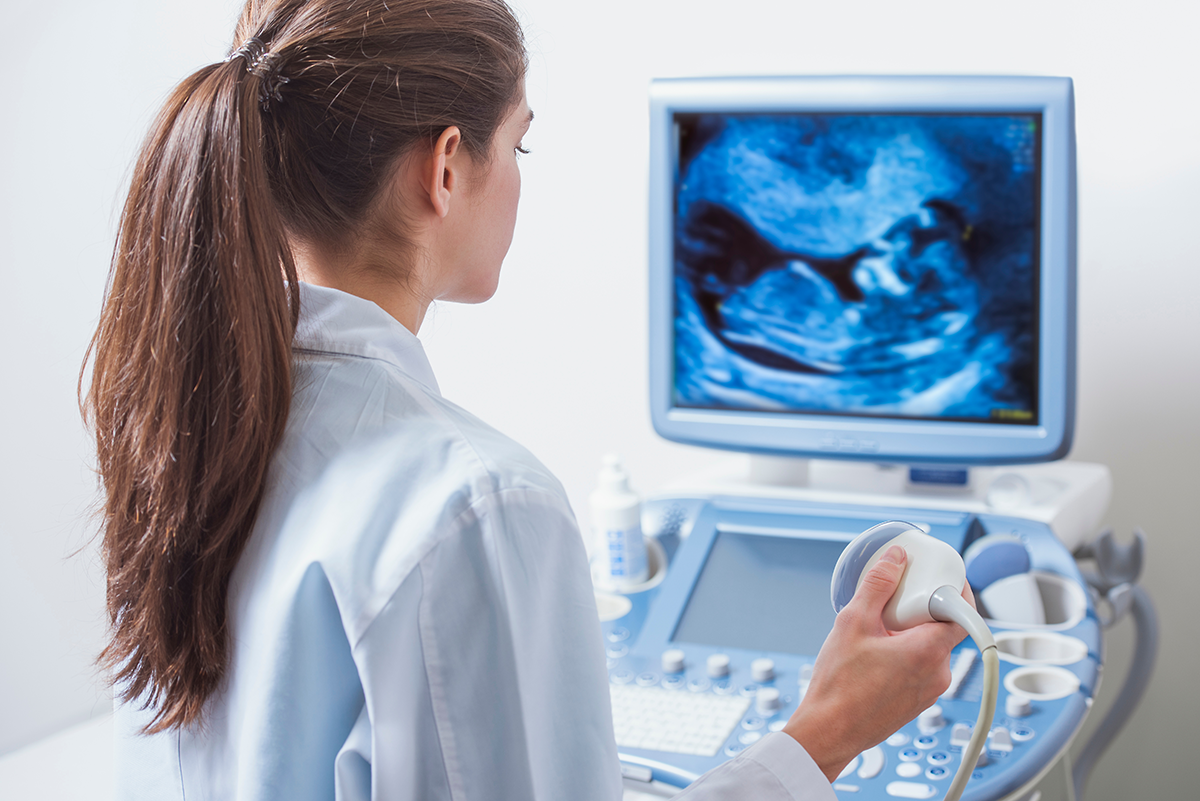Medical Ultrasound Awareness Month

Happy Medical Ultrasound Awareness Month! As a registered diagnostic medical sonographer, vascular technologist and point-of care ultrasound (POCUS) instructor for the Baylor College of Medicine School of Medicine, I’d like to illustrate the importance of safe medical ultrasound use.
Why should people be aware of ultrasound safety? Think about it this way: like any form of energy, ultrasound energy is converted from one form to another. Ultrasound can be converted into mechanical pressure, causing cell vibrations that can lead to cell implosion; this process is used as a type of liposuction. It can also be converted to heat, which is used as a therapeutic process in physical therapy sessions. In these examples, harnessing this ultrasound energy for targeted reasons is considered beneficial. In diagnostic imaging and in POCUS, these are not the desired outcomes.
Have you ever used a magnifying glass to harness the energy of the sun to zap an ant? This illustration draws a parallel to sonography. The energy of the sun is like an ultrasound machine, with the magnifying glass being like a probe and the ant representing the tissue being scanned.
Many in the medical community consider ultrasound to be safer than X-rays, CT scans and MRI scans because there are significantly more documented cases of short-term and long-term bioeffects in those forms of imaging. While there are few reported cases of bioeffects within sonography, this type of imaging still uses the guiding principle, “as low as reasonably achievable” (ALARA).
There are three ways to minimize ultrasound exposure to the tissue following the ALARA principle.
- Though the sun can’t be “turned down,” the acoustic output power on the ultrasound machine can be reduced, which decreases the amount of energy going into the tissue.
- It is best to keep the probe moving because staying in one place for too long will increase the chance of mechanical or thermal bioeffects. Monitoring “dwell time” reduces the energy in one location.
- Using ultrasound only when it is medically necessary and keeping procedures short and succinct will keep tissues (especially sensitive ones like a developing fetus, lung tissue and orbits) from over exposure.
The ALARA principle and the safe practice recommendations are crucial for everyone learning ultrasound. These recommendations are incorporated in our asynchronous and in-person activities that we provide as part of the undergraduate medical education POCUS curriculum. My favorite phrase is “With great power comes great responsibility.”
Questions on ALARA in ultrasound? Find more information here.
Find more resources on sonography and POCUS:
- American Institute of Ultrasound in Medicine
- American Registry for Diagnostic Medical Sonography
- Society of Diagnostic Medical Sonography
- Society of Vascular Ultrasound
- American Society of Echocardiography
- World Congress on Ultrasound in Medical Education
Contact umepocus@bcm.edu for questions about Baylor’s POCUS curriculum.
By Cherie Tator, POCUS instructor at Baylor College of Medicine School of Medicine



